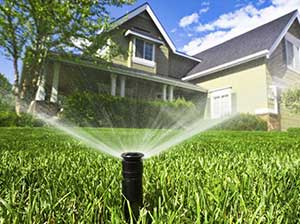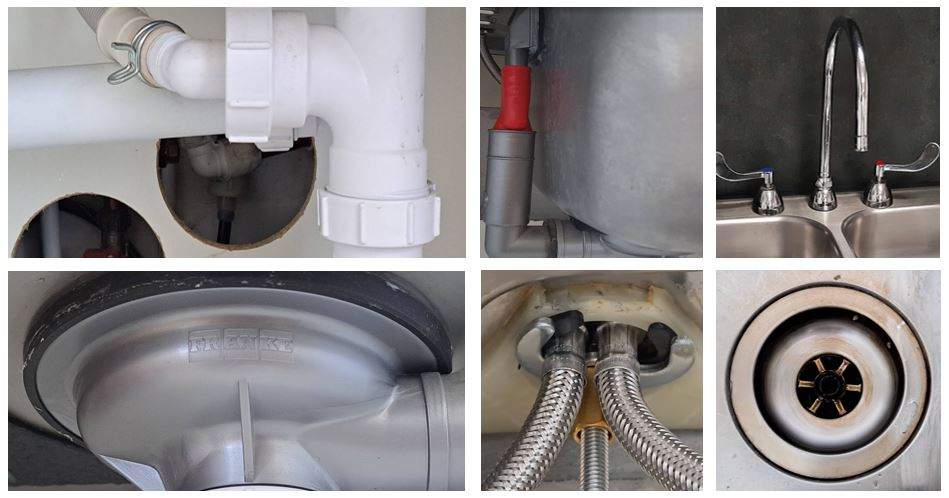
Troubleshooting Home Irrigation Systems Repair Guide

Essential Tips for Home Irrigation System Repair
Understanding Your Irrigation System
Before diving into repairs, it’s crucial to understand the basics of your home irrigation system. Familiarize yourself with the layout of your system, including the location of valves, pipes, and sprinkler heads. Knowing how your system works will make troubleshooting and repair tasks much easier.
Identifying Common Issues
Home irrigation systems can encounter various problems, from leaky pipes to malfunctioning valves. Some common issues include clogged sprinkler heads, broken pipes, and faulty timers. By identifying these issues early on, you can prevent further damage to your system and ensure efficient water distribution to your lawn and garden.
Gathering the Right Tools
Having the right tools on hand is essential for tackling home irrigation repairs effectively. Basic tools you may need include pipe cutters, wrenches, screwdrivers, and pipe glue. Additionally, it’s helpful to have spare parts such as sprinkler heads, valves, and pipe fittings in case replacements are necessary during the repair process.
Shutting Off the Water Supply
Before starting any repair work on your irrigation system, be sure to shut off the water supply. Locate the main shut-off valve for your irrigation system and turn it off to prevent water from flowing through the pipes. This step is crucial for your safety and will make it easier to work on the system without risking water damage.
Inspecting for Leaks
Leaks are a common problem in home irrigation systems and can waste significant amounts of water if left unchecked. Inspect your system for signs of leaks, such as puddles of water or wet spots in your lawn. Pay close attention to areas around valves, joints, and connections, as these are common locations for leaks to occur.
Replacing Faulty Components
If you’ve identified a specific component that is causing issues with your irrigation system, such as a broken sprinkler head or a faulty valve, it may need to be replaced. Turn off the water supply and carefully remove the damaged component, taking note of its size and specifications. Replace it with a new component of the same size and type, ensuring a proper fit and tight connections.
Clearing Clogged Sprinkler Heads
Clogged sprinkler heads can result in uneven water distribution and poor coverage in your lawn or garden. If you notice reduced water flow or irregular spray patterns from your sprinkler heads, they may be clogged with debris. Remove the sprinkler head and clean it thoroughly with water and a small brush to remove any dirt or debris that may be causing the blockage.
Testing and Adjusting
Once you’ve completed the necessary repairs to your home irrigation system, it’s important to test the system to ensure everything is functioning correctly. Turn the water supply back on and run each zone of your irrigation system to check for leaks, proper water pressure, and even coverage. Make any necessary adjustments to sprinkler heads or timers to optimize water distribution and efficiency.
Regular Maintenance
Preventative maintenance is key to keeping your home irrigation system







